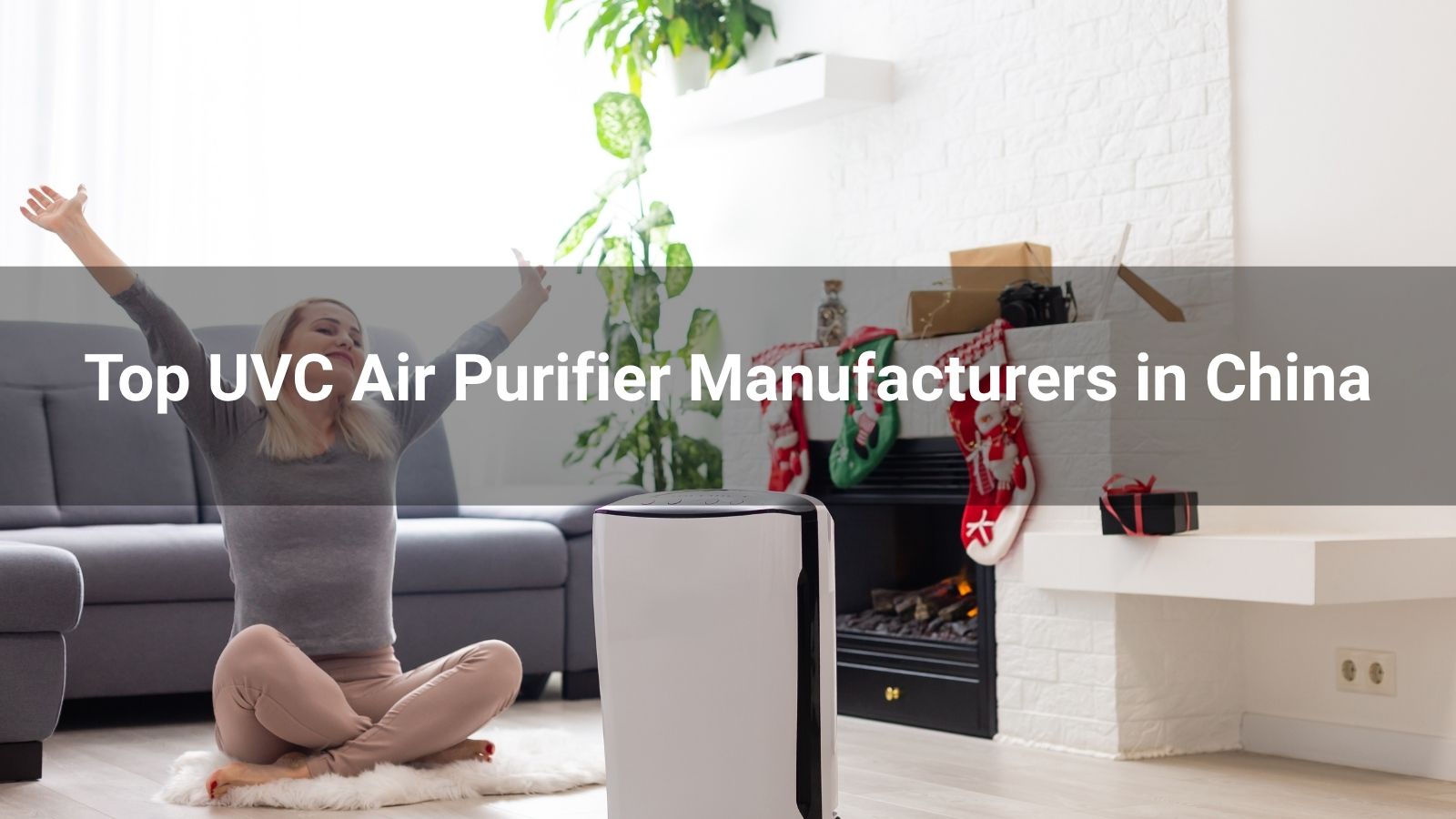
In the high-stakes environment of a hospital, where infections can turn routine procedures into life-threatening events, sterilization stands as a cornerstone of patient care. Among the various sterilization methods employed, the autoclave—also known as a steam sterilizer or autoclave sterilizer machine—reigns supreme. This steam autoclave uses pressurized heat to eliminate microorganisms, including bacteria, viruses, fungi, and spores, from medical autoclave equipment and materials. First patented in 1879 by Charles Chamberland, the autoclave machine has evolved into an indispensable tool in modern healthcare, supporting autoclave use in hospital and autoclave use in laboratory settings to prevent healthcare-associated infections (HAIs) and uphold rigorous hygiene standards.
An autoclave medical equipment device operates on the principle of moist heat sterilization, also referred to as steam sterilization, which is far more effective than dry heat at penetrating microbial cells and denaturing proteins. Modern units include fully automatic autoclave models, electric autoclave sterilizer systems, and class B autoclave variants (synonymous with class B sterilizer, class B steam sterilizer, b class sterilizer, b type autoclave vacuum, b type steriliser, and vacuum autoclave type b). The autoclave sterilization process typically involves:
This method achieves a sterility assurance level (SAL) of 10⁻⁶, meaning fewer than one in a million items remain contaminated. Unlike chemical sterilants, steam sterilizers medical are non-toxic, cost-effective, and rapid, making small steam sterilisers ideal for high-volume hospital use. For pricing, check autoclave price, vertical autoclave price, or steam autoclave for sale options from a reputable sterilizer manufacturer.
Autoclaves are deployed across various hospital departments, including autoclave in microbiology for autoclave for microbiology laboratory and lab autoclave needs, as well as autoclave in dentistry with dental autoclave, dental autoclave class b, autoclave used in dentistry, autoclave machine for dental clinic, sterilizer dental, dental steam autoclave, and dental steriliser units:
| Application | Typical Cycle | Key Items Sterilized | Recommended Model |
|---|---|---|---|
| General Surgery | 121°C, 15–20 min | Metal instruments, gauze | Vertical autoclave or medical steam sterilizer |
| Flash Sterilization | 134°C, 3–10 min | Urgent unwrapped tools | Class B autoclave with vacuum |
| Laboratory Media | 121°C, 15 min | Agar plates, pipettes | Autoclave for microbiology laboratory |
| Dental Procedures | 134°C, 4–18 min | Handpieces, mirrors | Dental autoclave class b or dental vacuum autoclave |
However, limitations exist: heat-sensitive items require alternatives like low-temperature hydrogen peroxide plasma sterilizers, while small steam sterilisers suit compact spaces.
The Centers for Disease Control and Prevention (CDC) estimates that HAIs affect 1 in 31 hospital patients in the U.S., leading to prolonged stays, higher costs, and thousands of deaths annually. Proper steam sterilization via autoclave use in hospital directly mitigates this by adhering to guidelines from bodies like the Association for the Advancement of Medical Instrumentation (AAMI) and the World Health Organization (WHO). Regular maintenance, staff training, and validation (e.g., weekly spore testing) ensure reliability in lab autoclave and dental steriliser environments.
Autoclaves, from benchtop autoclave to vertical autoclave and class b sterilizer steam sterilizer with dryer models, are more than equipment—they are guardians of sterility in hospitals, enabling safe surgeries, diagnostics, and treatments. As healthcare faces rising antimicrobial resistance, their role in breaking infection chains remains critical. By investing in advanced autoclave sterilizer machine technology and protocols from trusted sterilizer manufacturer sources, hospitals not only comply with regulations but also prioritize patient outcomes, saving lives one sterile cycle at a time.















*We respect your confidentiality and all information are protected.

Endoscope reprocessing is a critical healthcare procedure to ensure reusable flexible and rigid endoscopes are safe for patient use by thoroughly cleaning, disinfecting, and/or sterilizing them to eliminate pathogens and prevent infections.

This steam autoclave uses pressurized heat to eliminate microorganisms, including bacteria, viruses, fungi, and spores, from medical autoclave equipment and materials.

On June 27, 2022, Shandong Jiajing Medical Technology Co., Ltd. contributed significantly to the fight against COVID-19 in Shandong Province by donating 11 nucleic acid sampling workstations, valued at 270,000 RMB, to the China Red Cross Society.